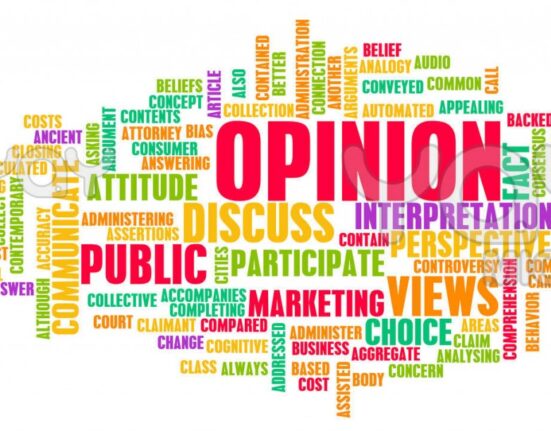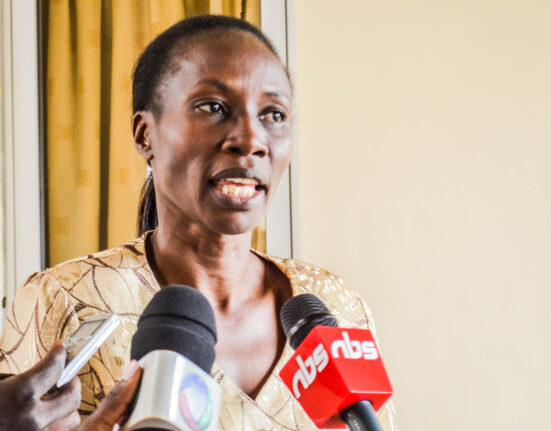—
In the bustling world of academia, where groundbreaking research and innovative discoveries often take center stage, an intriguing debate has emerged. Imagine this: a meticulously crafted paper filled with complex scientific jargon and profound insights that could potentially revolutionize the field. It’s the kind of work that demands attention and admiration from peers and professionals alike.
However, hidden beneath the surface lies a mystery that challenges the very essence of academic integrity – did a human researcher truly pen those words, or was there another, more artificial intelligence-driven force at play? This conundrum has recently come to light in a curious case involving 454 hints that suggest a chatbot may have played a significant role in shaping the narrative.
Unveiling the Evidence
The clues, scattered throughout the text like breadcrumbs waiting to be discovered, paint a compelling picture of collaboration between man and machine. Phrases that mirror popular search engine results, technical terms delivered with robotic precision, and an uncanny consistency in writing style all point towards one possible conclusion – artificial intelligence interference.
As researchers delved deeper into these subtle indicators, patterns began to emerge – patterns so distinct and methodical that they could not simply be brushed aside as mere coincidence. The intricacies of language use, sentence structure, and data interpretation all bore the unmistakable imprint of automated assistance.
The Chatbot Conundrum
While the idea of AI-powered tools aiding researchers is not entirely novel in today’s digital landscape, the notion of their influence extending to academic publications raises important questions about ethics and transparency. Should papers generated or heavily influenced by chatbots be subject to different standards or scrutiny? How can institutions ensure that intellectual contributions remain authentic amidst evolving technological landscapes?
Experts weigh in on this perplexing dilemma with varying perspectives. Some argue that leveraging AI technologies can enhance productivity and streamline research processes, offering valuable support to time-strapped scholars. Conversely, concerns loom regarding accountability, plagiarism risks, and maintaining the fundamental principles of scholarly discourse.
The Human Touch
Amidst debates surrounding automation’s role in academia lies an essential consideration – the irreplaceable essence of human creativity and critical thinking. While AI algorithms excel at data analysis and pattern recognition, they may struggle to encapsulate nuanced reasoning or context-dependent decision-making effectively.
The intricate dance between intellect and innovation is one deeply rooted in human ingenuity – an element that distinguishes our capacity for empathy, intuition, and abstract thought from even the most advanced computational systems. As we navigate these uncharted waters where technology blurs traditional boundaries between creator and creation, preserving this intrinsic human touch remains paramount.
In conclusion,
the tale of 454 clues hinting at a chatbot’s involvement serves as both cautionary fable
and testament to our evolving relationship with artificial intelligence.
It prompts us to reflect on what defines us as scholars,
creators,
and stewards of knowledge
in an increasingly digitized landscape
where innovation knows no bounds
but ethical compasses must stand firm
against currents pushing us towards uncharted territories
of discovery
and dilemmas yet unforeseen.
Through introspection
collaboration
we may find equilibrium,
nurturing progress while upholding principles
that safeguard academic integrity for generations yet to unfold.









Leave feedback about this